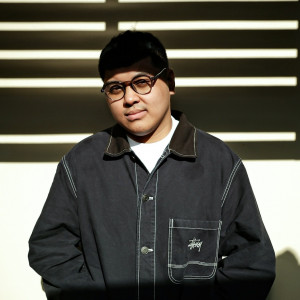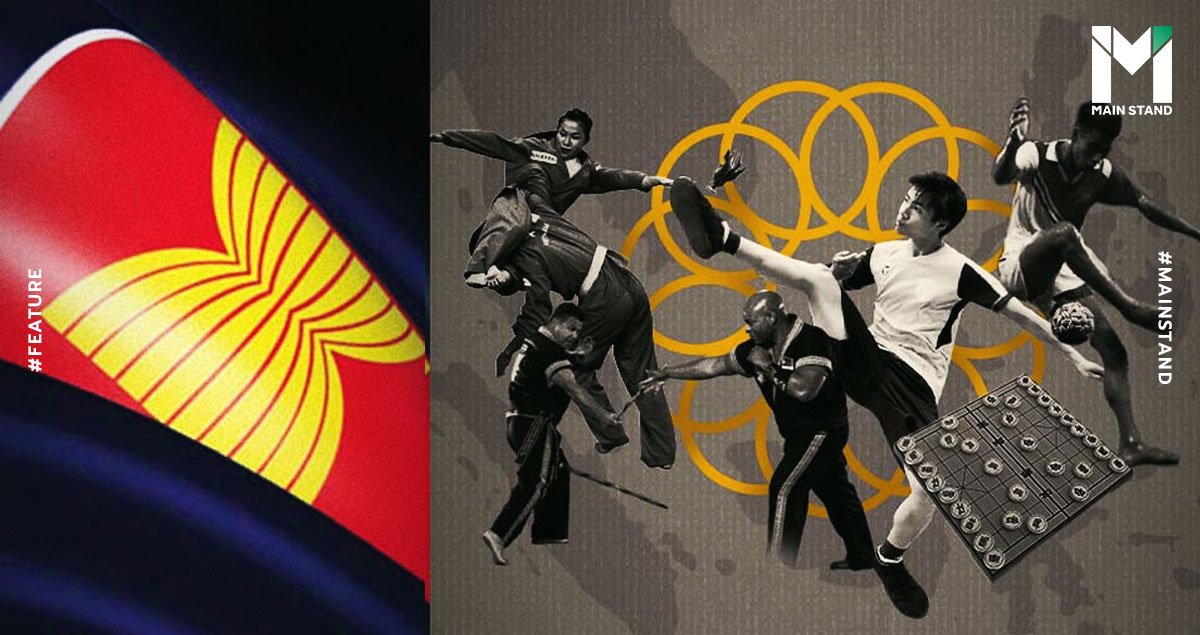
There is always a talk about the SEA Games, calling it the most beautiful sporting event in this region. This topic came about because, in the Game, the host countries can include traditional sports on the list.
Today, Main Stand will walk you along with uncommon sports you might have never seen, although they have once competed in the SEA Games.
1. Shuttlecock
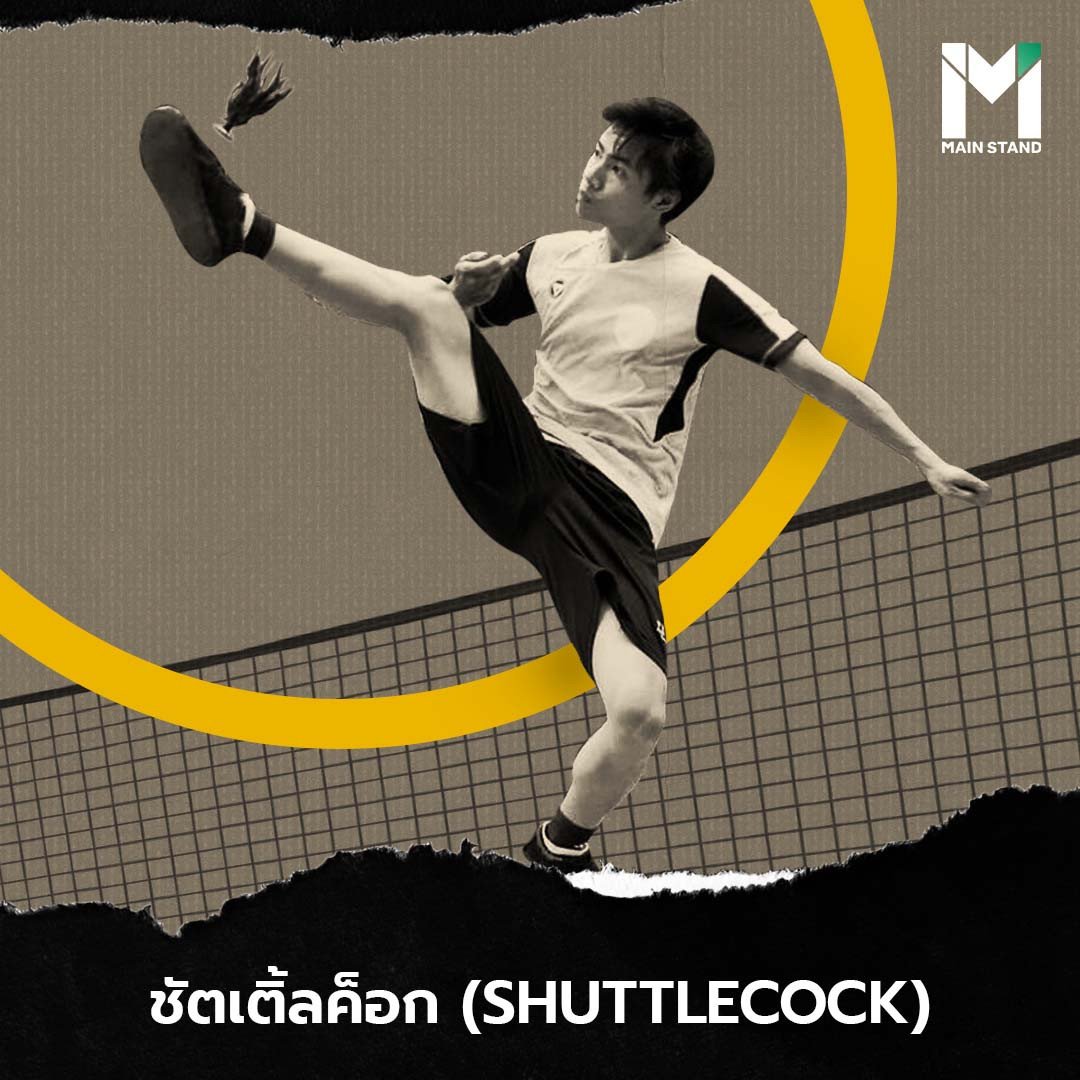
The term Shuttlecock might sound so unfamiliar that many cannot picture what this sport is. Simply put, it is a combination of Sepak Takraw and Badminton. Players need to kick a shuttlecock instead of a Takraw ball in the air and not drop it to the opposite side to score.
This sport is a traditional Laos sport in the 2009 SEA Games in Vientiane, giving the host nation seven titles. However, although Vietnam swept four gold medals in this event, Laos won the other three.
Therefore, in the 2021 SEA Games, postponed due to the COVID-19 pandemic, host Vietnam incorporated this traditional sport into the tournament.
Upon researching, while Shuttlecock is widely popular in Laos and Vietnam, it originated in China.
According to Le Volant Chinois, written by Chu Minyi and Louis Laloy in 1910, Shuttlecock, better known as jianzi, has been the favorite Chinese pastime for both children and adults for centuries.
How to play this sport varies. Players can play individually by kicking the shuttlecock the same way as kicking football or Takraw, or they can play in pairs or groups.
Players only need to use their feet to keep kicking the shuttlecock in the air and not drop it. Shuttlecock is popular among people simply because the equipment required for the sport is easy to make. Only a few feathers, a rubber band, and intricate paper are needed. Assembling them, you get a piece of sporting equipment.
Southeast Asian countries such as Vietnam, Laos and Thailand are all influenced by Chinese culture in some ways, which is why Shuttlecock has become a craze among people in Vietnam and Laos.
Sources:
https://scroll.in/article/844603/a-guide-to-jianzi-a-chinese-game-with-a-shuttlecock-but-no-racket
https://www.shuttlecock-world.org/post/history-of-shuttlecock-sport
2. Arnis
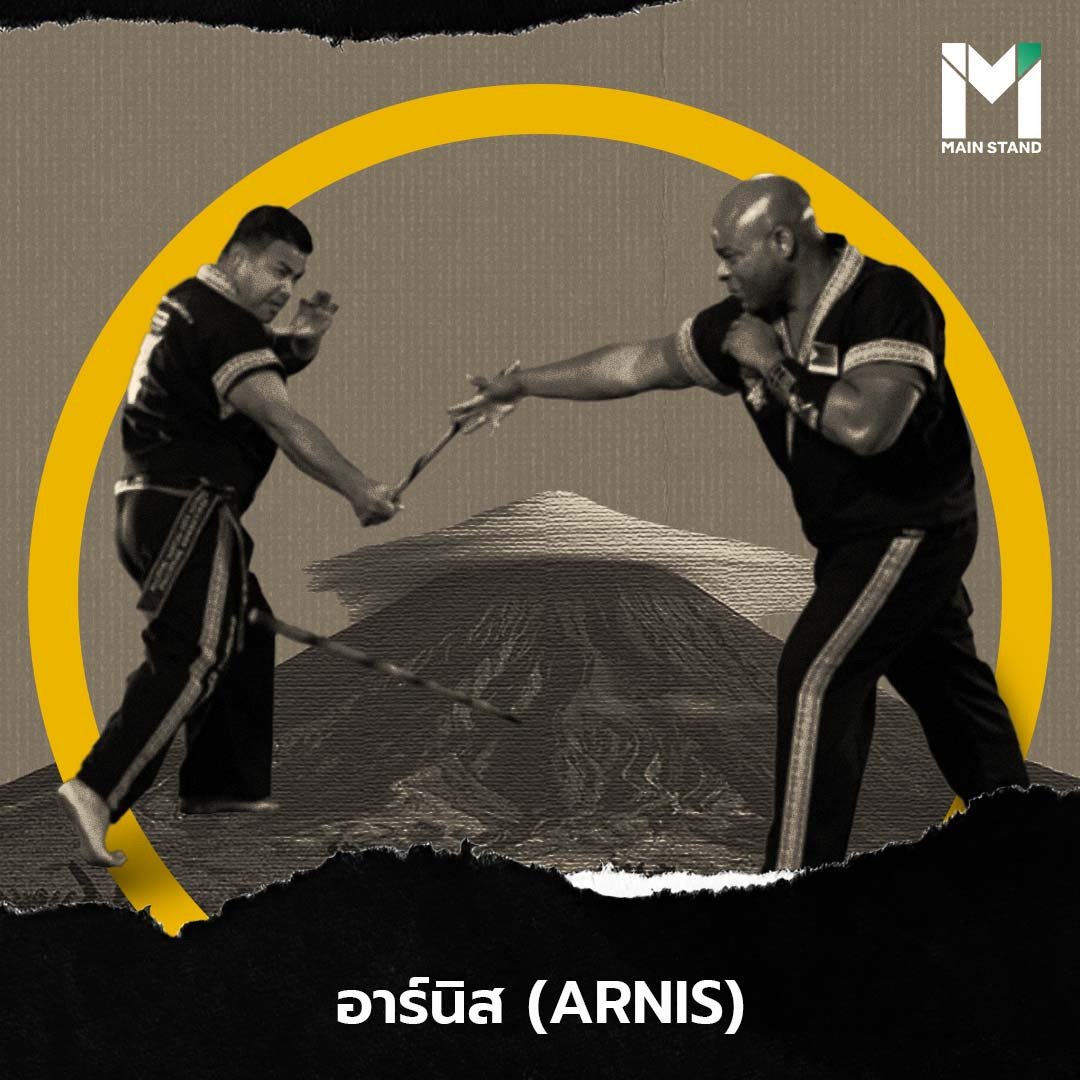
In the 2019 Philippines SEA Games, Arnis was a sport that was widely mentioned on Thailand's social platforms because little did we know about this sport. So when we realized that the host Philippines included this Game in the tournament, it suddenly went viral among internet users.
What surprised people was that two players used a baton to strike each other during the game, which seemed insane and funny. However, the game of Arnis has a mind-blowing history.
In the Philippine Archipelago, Arnis, their national sport, is collectively known as death combat. Twirling movement, swinging weapons, defensive techniques, and mysterious tricks epitomize this sport. The weapons players used in the past (around 1521) were not batons or sticks but actual knives, and that's why it is known as death combat.
The main objective of the Filipinos practicing this martial art was to fight against the Spanish invaders, led by Ferdinand Magellan.
This sport requires not only weaponry but also skill so that a player can defend against their opponent.
In Arnis, intense attacks do not stem from physical strength (aggressive punching, for example), but the power source is its offensive movement. That's why players' distancing is quite unnatural, unlike other martial arts. Instead, Arnis requires players to stand closely and aggressively attack each other with their batons.
Arnis got its first appearance in SEA Games in 1991, when the Philippines, as the host nation, suggested the addition of Arnis to be a demonstration sport.
In 2005, Arnis became part of the SEA Games. The Philippines undoubtedly swept gold from Arnis and became the nation that earned the most gold medals in the tournament.
Since they also believe that "if they compete, they win," in the 2019 SEA Games, the Philippines included this sport in the event as an indigenous sport again and swept 14 out of a total of 18 gold medals. Learn more about Arnis here.
Read more > https://www.mainstand.co.th/1245
3. Chinlone
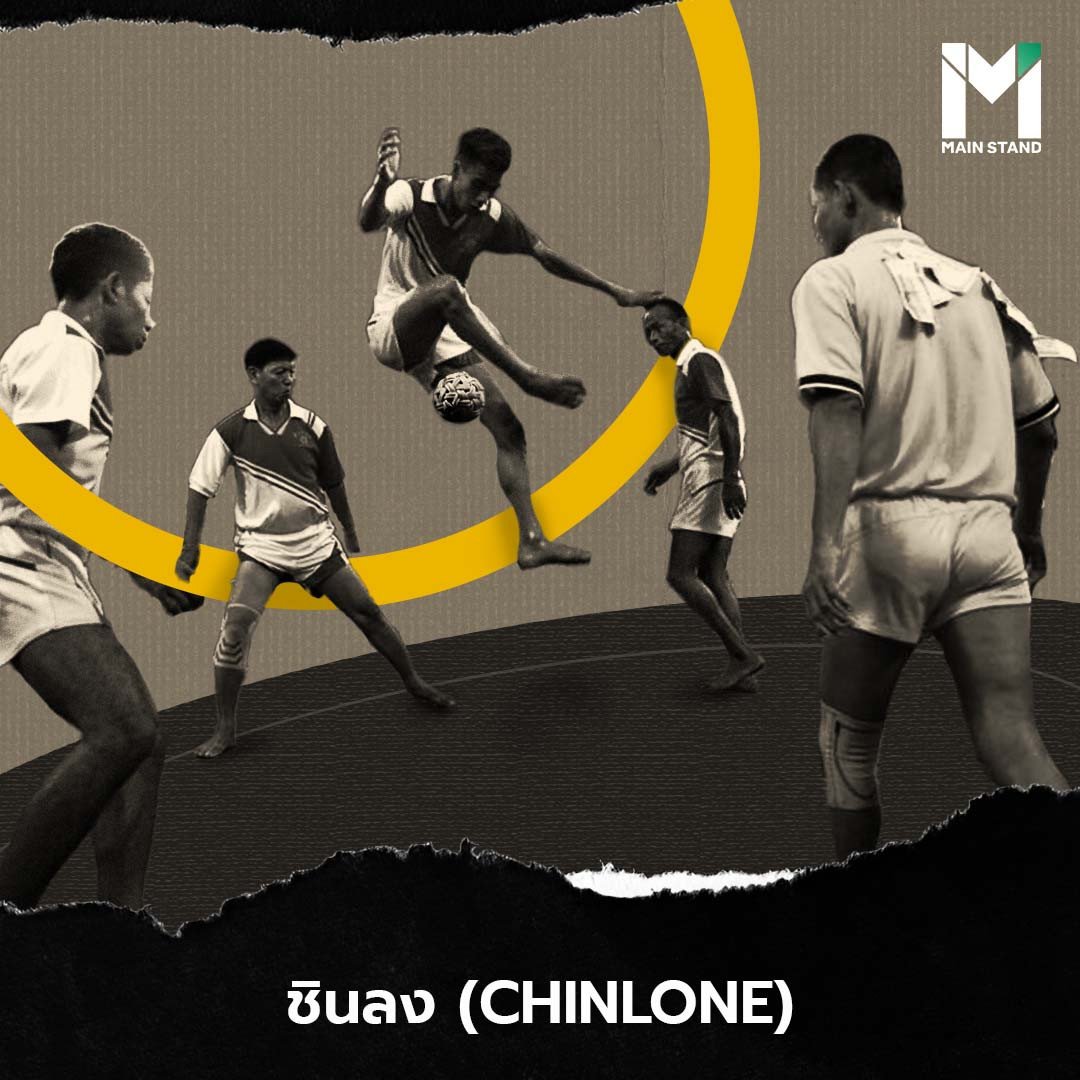
Chinlone is similar to Sepak Takraw in Thailand but differs in origin and objective. Chinlone originated from Myanmar over 1,500 years ago.
While Takraw encompasses aggressive serving, smooth feeding and incredibly swift jumping to pass the ball to the other side, Chinlone is like Thai circle Sepak Takraw (Takraw Wong). But the only difference is that Chinlone is dancing-based.
In Sepak Takraw, each team consists of a server, a feeder, and a striker, but in Chinlone, there is "Minta", which means "prince-princess." Minta is in the middle of the circle and controls the other six players' playing rhythm on the outer side. Also, Minta is required to create a dance of spectacular moves, such as crossing, backheeling, and any dancing moves.
Chinlone made its first appearance in the 2013 SEA Games in Myanmar, and the host swept six out of all eight gold medals. Chinlone made its appearance in the 2017 SEA Games held in Malaysia again. Since Chinlone is similar to circle Takraw, and Thailand is a significant player in the latter, they too won a gold medal in this sport for the first time.
There are six primary means to calculate points. First, all players in the team perform a standard kick so that the team earns one point. Next, each player in the team has to kick the same stroke, and they will make one point. Then, each player in the team has to perform six classic kicks to earn one point. And each player in the team needs to perform an advanced kick to be given 1 point.
The above is for a two-team competition, three sets of 30 minutes each. The team that wins two sets first wins the game.
Undoubtedly, nations specializing in Takraw (Thailand, Malaysia, and Myanmar) never miss a chance to compete in Chinlone because of the similarity of these two sports.
Sources:
https://www.myanmarinsider.com/what-is-chinlone/
https://www.springnews.co.th/news/83268
4. Xiangqi
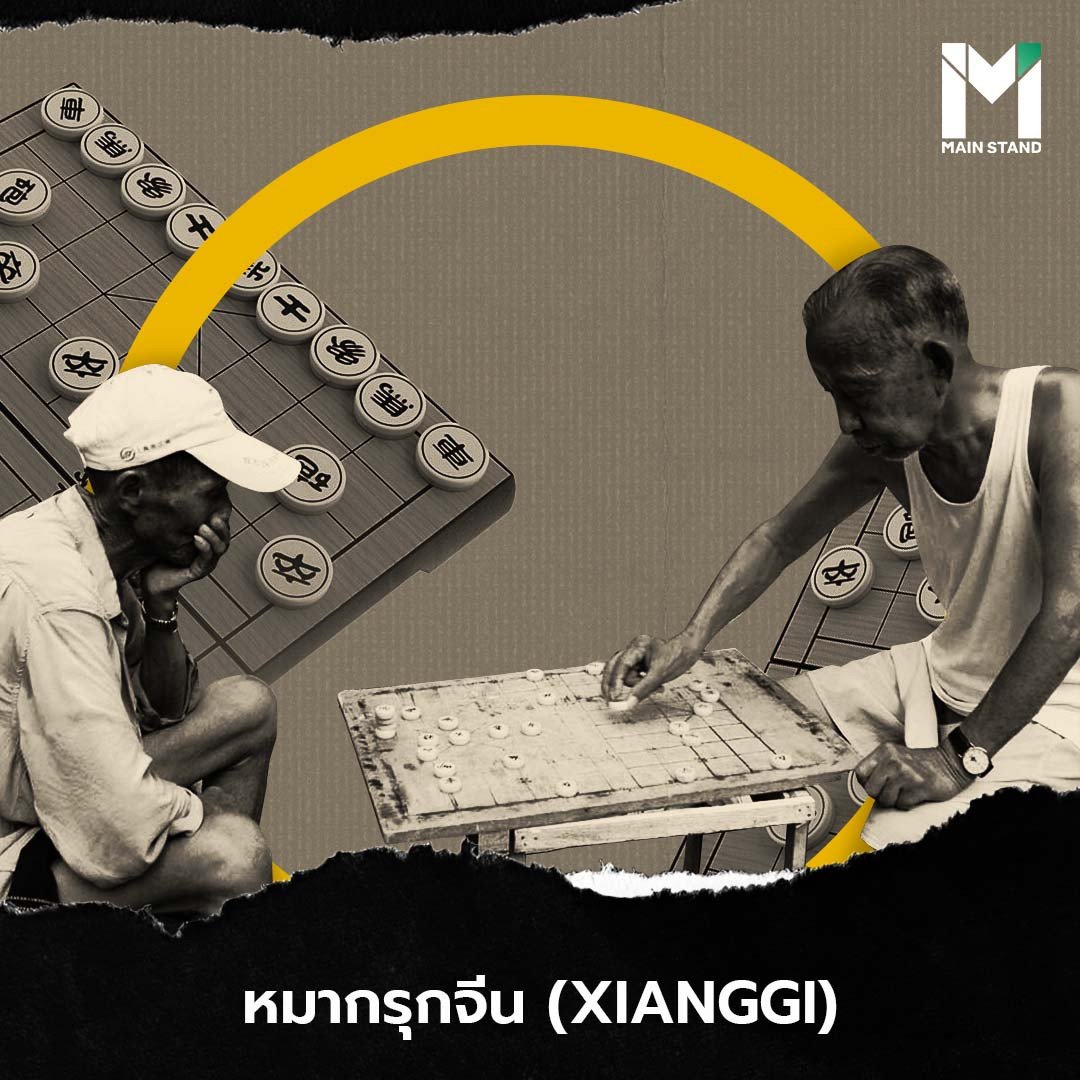
Chess is nothing new for the people of the world. However, how many people would have heard about Chinese chess and how it's played in the SEA Games?
Xiangqi is believed to have derived from an Indian board game known as chaturanga, taken by the Chinese, and is now a Vietnamese sport included in the 2021 SEA Games.
With Chinese culture having a deep influence in Vietnam, it is no shock with Xiangqi's popularity among Vietnamese.
According to our research, we found Xiangqi way too complicated to be explained through letters.
However, to explain roughly, each player has seven types of pieces: shuài (General), shì (guard), xiàng (elephant), mǎ (horse), jū (chariot), pào (cannon), and zú (pawn). The jū (chariot) piece is the only one given freedom of movement.
Players cannot move pieces freely because the Xiangqi board is divided into two sides, with a river in the middle and the palace area where shuài (General) dwells.
There are varied ways to determine whether it is a win, loss, or draw. A valuable strategy in Xiangqi is to attack more than one piece simultaneously. Your opponent can only save one piece on their next turn before you capture the other.
After all, Xiangqi is a game practiced for thousands of years.
Sources:
https://th.wikipedia.org/wiki/%E0%B8%AB%E0%B8%A1%E0%B8%B2%E0%B8%81%E0%B8%A3%E0%B8%B8%E0%B8%81%E0%B8%88%E0%B8%B5%E0%B8%99
https://victorytale.com/th/chinese-chess/
http://www.yutopian.com/chinesechess/history.html
5. Vovinam
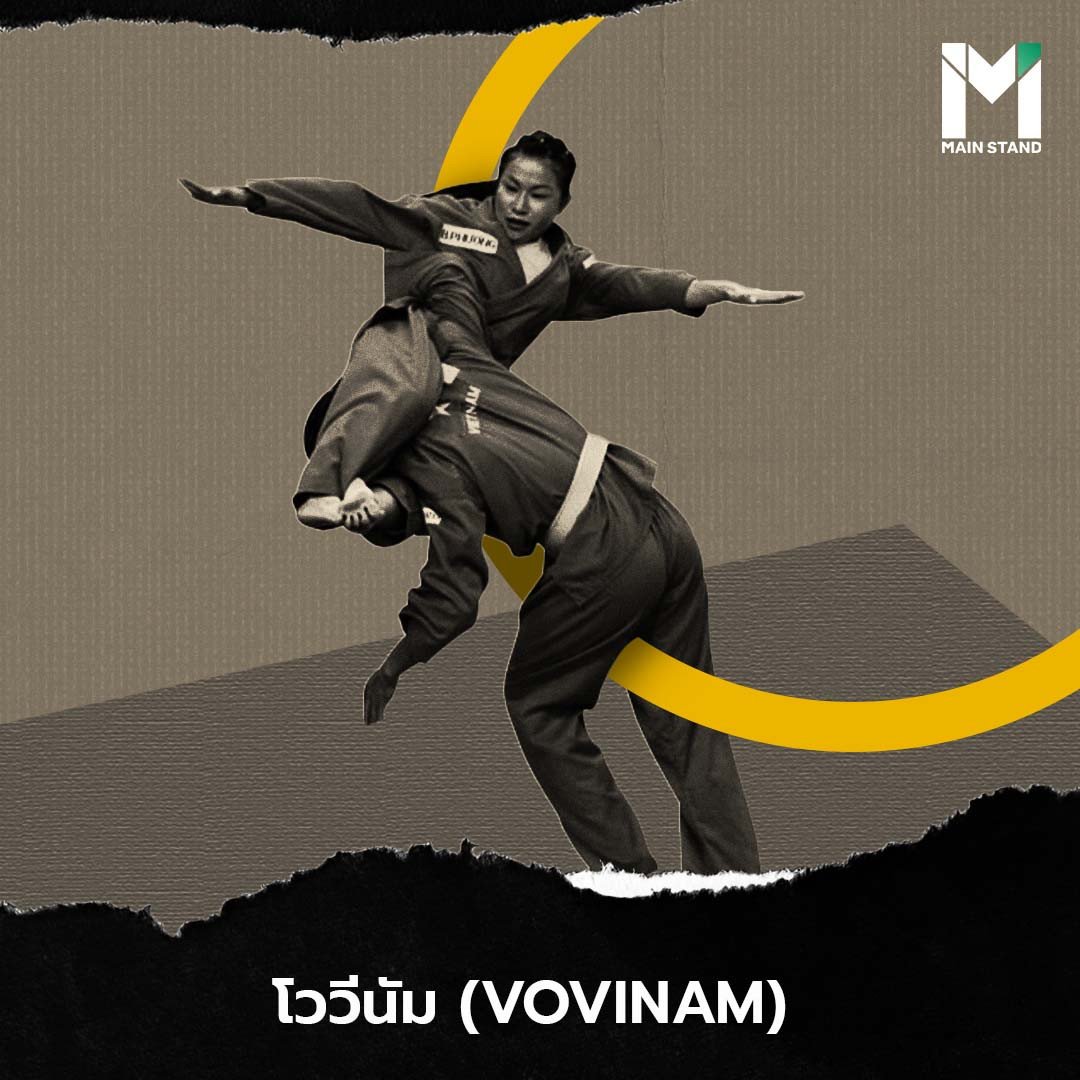
Vovinam is a Vietnamese national martial art pioneered by Nguyễn Lộc, whose uniqueness deals with various playing styles. It can be played through both using bare-handed and armed techniques.
Vovinam, embedded in Vietnamese society since 1938, is based on hard and soft fighting. During the French occupation, the Vietnamese learned martial arts to equip themselves with defensive skills. Nguyễn Lộc combined hard and soft forms of fighting together, based on the Yin-Yang concept.
Years later, Vovinam eventually became a Vietnamese national martial art, viewed as a mixture of Thai boxing, Chinese boxing, and Taekwondo.
On top of that, before introducing Vovinam into the SEA Games, the Vietnamese government was significantly supportive of Vovinam.
They even established the Institute for Vovinam and Sports Development (IVS), aiming to provide learners with defensive skills and capabilities.
The institute also offers strict training because Vovinam martial artists must possess physical and mental strength.
Therefore, besides self-defense skills, self-discipline, punctuality, and responsibility are attitudes they need to embrace.
With multiple skills and artistic moves, Vovinam gained tremendous recognition and interest from both Vietnamese and non-Vietnamese practitioners. Today, there are Vovinam associations in Germany, Denmark, and France.
Thanks to its popularity, Vovinam was recognized in the 2009 Asian Indoor Games and later included in the 2011 SEA Games in Indonesia before its induction to the 2021 SEA Games held in Vietnam.
Sources:
https://vovinamstmartin.com.au/history-of-vovinam/
https://en.wikipedia.org/wiki/Vovinam



